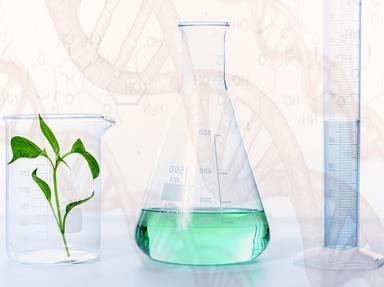Quiz Answer Key and Fun Facts
1. Chemistry is called the study of matter. All matter has mass. Which of these other statements is also true?
2. The smallest particle of gold which still retains its chemical characteristics is which of these?
3. What is the mass number of an atom containing 19 protons, 20 neutrons, and 19 electrons?
4. Brass is an example of which of these?
5. Alex and his sister are fighting over a piece of paper. It's torn. This is an example of what kind of change?
6. Sally washed her clothes on a warm summer day. When they were done she hung them on a line outside to dry. Which of the following processes is responsible for the clothes drying?
7. What is the name for the process of changing from the solid state directly to the gaseous state?
8. The process of combustion, also called burning, usually involves which of these as one of the reacting materials?
9. All the following tend to purify water EXCEPT which of these?
10. If you want to make clean seawater pure enough to drink, which of these is a key step in that process?
Source: Author
looney_tunes
This quiz was reviewed by FunTrivia editor
rossian before going online.
Any errors found in FunTrivia content are routinely corrected through our feedback system.
